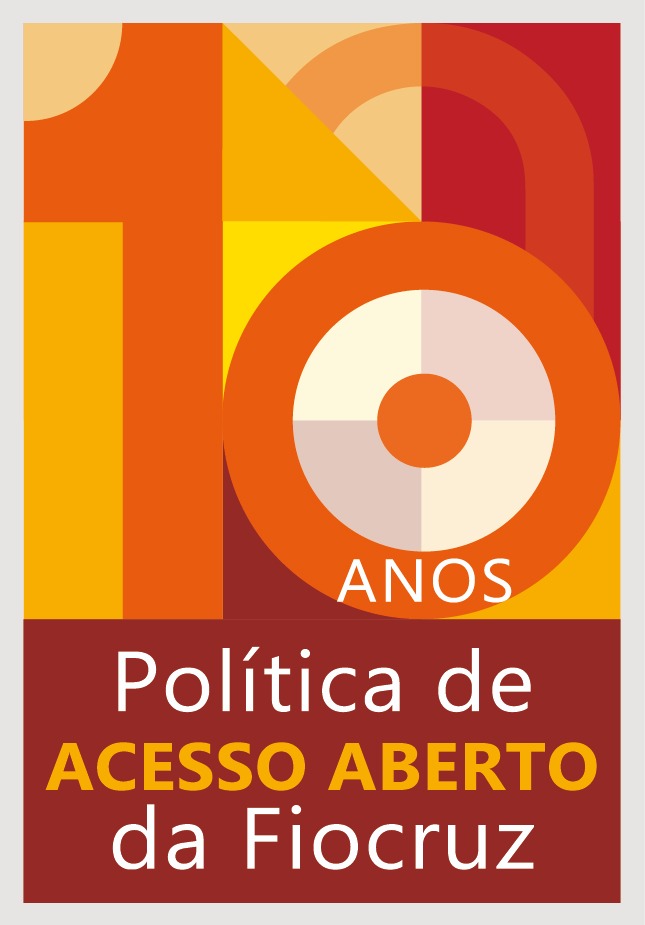Researchers from the Carlos Chagas Institute (ICC/Fiocruz Paraná) developed an innovative technique that assists in the characterization of structures of homodimeric proteins - macromolecules composed of two identical subunits, which can make possible the development of new drugs, besides allowing a greater understanding of various diseases. The result will have immediate impact on the research of several national and international groups, and was published in the February 2018 issue of Nature Protocols.
“We have developed a new technique that tackles a difficulty of current techniques. Generally, the structures of homodimeric proteins are determined by nuclear magnetic resonance / x-ray diffraction; however, often the complexes are not amenable to analysis by these techniques for not crystallizing, generating crystals that diffract poorly due to the size of the complex, or because they require a large amount (mg) of high purity protein," explains ICC researcher Paulo Costa Carvalho.
According to the scientist, combining the expertise of different groups that are part of this work has allowed a solution to this bottleneck. The result is a fruit of interdisciplinary and international collaboration. The research relied on the experience of the group of Fiocruz Paraná in the development of computational methods for mass spectrometry and the work of researcher Tatiana Brasil in structural biology, allied to knowledge of methodologies for the synthesis of isotope-labeled homodimers from the group of American researcher Sean Davidson from the University of Cincinnati. Above all, the work includes, as the first author, former student of the Graduate Program in Biosciences and Biotechnology of Fiocruz Paraná Diogo Borges, who today is part of the cadre of scientists of the Pasteur Institute in Paris.
"The group led by Sean Davidson developed a technique capable of synthesizing homodimers with amino acids from one subunit containing only N14 atoms, and the other subunit containing only N15. This mass difference between nitrogen atoms, which are part of the atomic composition of amino acids allowed the development of an XL methodology, followed by analysis by mass spectrometry and coupled to a computational method capable to discern between intra and intermolecular bonds. Our group was responsible for the development of the computational methodology to make this analysis feasible ", said Carvalho. “This project was only possible because we gathered specialists in mass spectrometry, protein structure and computation. There is nothing similar to this solution in the scientific environment," the researcher added.
The results are the first fruits of a new line of research at Fiocruz Paraná led by researchers Paulo Costa Carvalho and Tatiana Brasil, intended to elucidate the mechanistic bases of cellular processes with medical relevance through structural biology and computational mass spectrometry.
![]()
![]()
![]() O conteúdo deste portal pode ser utilizado para todos os fins não comerciais, respeitados e reservados os direitos morais dos autores.
O conteúdo deste portal pode ser utilizado para todos os fins não comerciais, respeitados e reservados os direitos morais dos autores.

